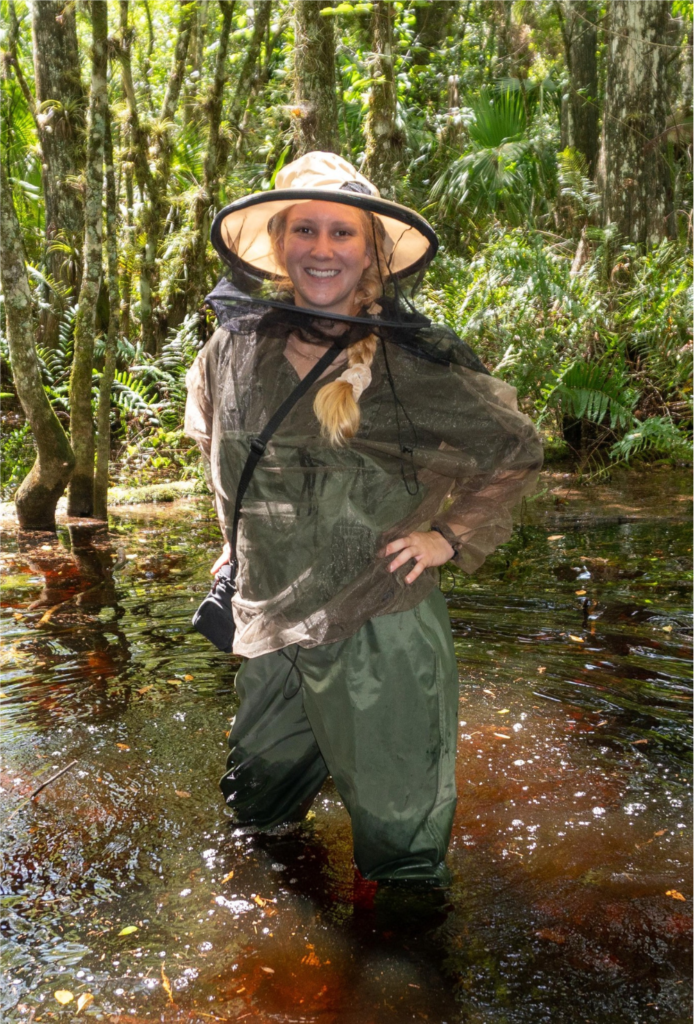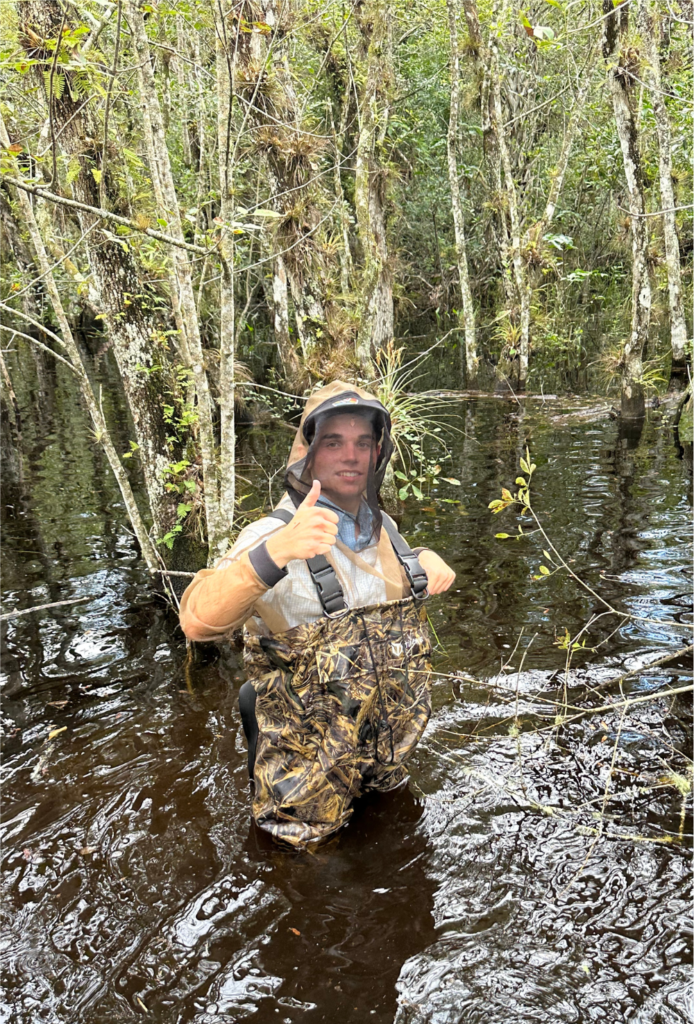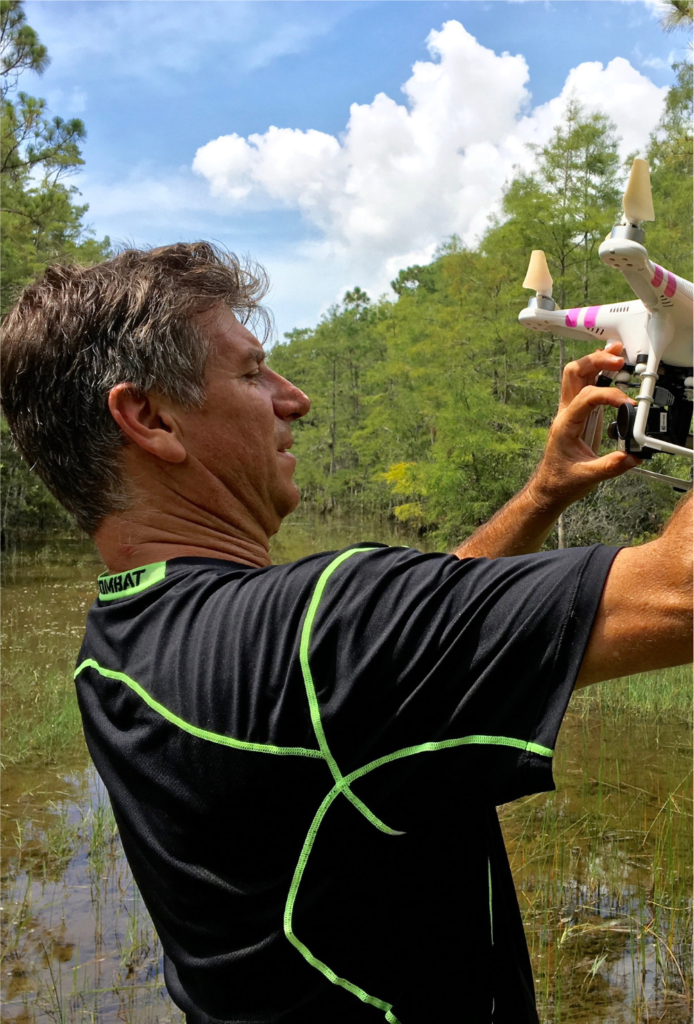Underground flood wall approved for Las Palmas. Could Miami-Dade help with buyouts?
BY ADRIANA BRASILEIRO
UPDATED MARCH 12, 2021 10:35 AM
Water managers are going to build a $14 million seepage wall to protect 119 properties in the west Miami-Dade community known as Las Palmas where flooding is likely to increase as more water starts flowing through Everglades National Park as a result of restoration projects like the Tamiami Trail bridges.
But at the same time, they are stepping up efforts to coax property owners out of what was long known as the 8.5 Square Mile Area, possibly with the help of a Miami-Dade County land preservation program. The district has sent letters to residents to gauge interest in a willing seller program.
On Thursday, the South Florida Water Management District unanimously approved a $14 million contract to build a partially underground barrier intended to stop water from seeping from Everglades National Park into the community.
But the 2.3 mile seepage wall, scheduled to be completed in a year, is a short-term solution to mitigate flooding in an area that will continue to suffer with high water that will come not only from north of Tamiami Trail and through the national park, but also from the other side due to sea level rise.
“This isn’t going to resolve their problem; it will resolve the problem that Shark River Slough will create, but this community will still have a flooding problem,” Ron Bergeron, a governing board member at the South Florida Water Management District, said during a monthly meeting on Thursday.
The seepage wall works out to more than $117,000 per home, an expensive step for a community that environmentalist say was built in a flood-prone area and that has been the target of years of controversy and buy-out efforts. The district is simultaneously still trying to buy out the properties through willing seller agreements but not everyone in the community is on board.
The Slough is a key artery in the Everglades, channeling water from Water Conservation Area 3 through the national park all the way to Florida Bay. Water managers and Everglades restoration advocates say that billions worth of projects that have now been completed won’t achieve their full potential until water can flow freely to replenish the park and revive Florida Bay.
For instance, nearly three miles of Tamiami Trail that have been raised and other projects such as the S-333 and S-333N water control structures about 35 miles west of Miami double the amount of water that can be moved south through that area. But Las Palmas, a rural area with plant nurseries, small fruit farms and a handful of homes, is in the way.
That’s why Bergeron is a proponent of more vigorous measures to resolve the Las Palmas issue, which he considers to be a key obstacle in the way of Everglades restoration. For now, the South Florida Water Management District is trying to buy people out through willing seller agreements.
Water managers are also talking to Miami-Dade’s Regulatory and Economic Resources department, formerly known as the Department of Environmental Resources, or DERM.
During Thursday’s meeting, board member Charlie Martinez said he met with DERM director Lee Hefty and Craig Grossenbacher, chief of DERM’s natural resources planning department, to discuss the inclusion of Las Palmas properties in the county’s Miami-Dade County’s Environmentally Endangered Lands program, known as EEL, which aims to protect and conserve endangered habitats.
In an interview with the Miami Herald on Thursday after the meeting, Hefty said the District submitted an application to the county to have some Las Palmas properties included in the program.
“It’s a process; we can receive applications for consideration and if our staff thinks they qualify, the applications are evaluated by a Land Acquisition Selection Committee,” Hefty said. Following a public hearing, the committee recommends sites for purchase to the Board of County Commissioners. Even if properties are approved for purchase through the preservation program, the transactions would be done on a willing seller basis, Hefty added.
Lands that were acquired through Miami-Dade’s EEL program include portions of Biscayne Bay Coastal Wetlands, in partnership with Florida Communities Trust, and properties along the Oleta River, in partnership with the state.
Since it’s still early in the process, it’s not clear where the funding would come from, Hefty said












